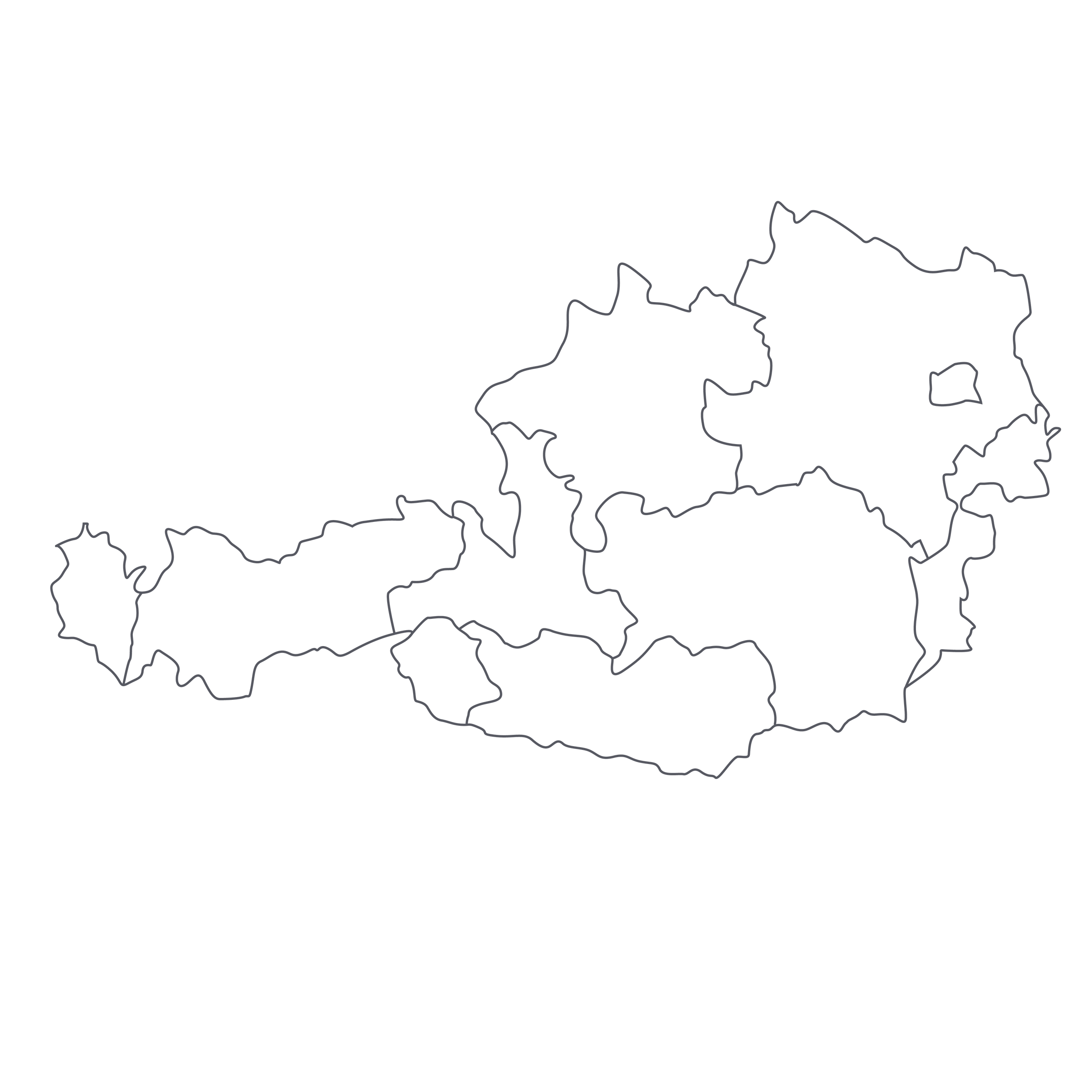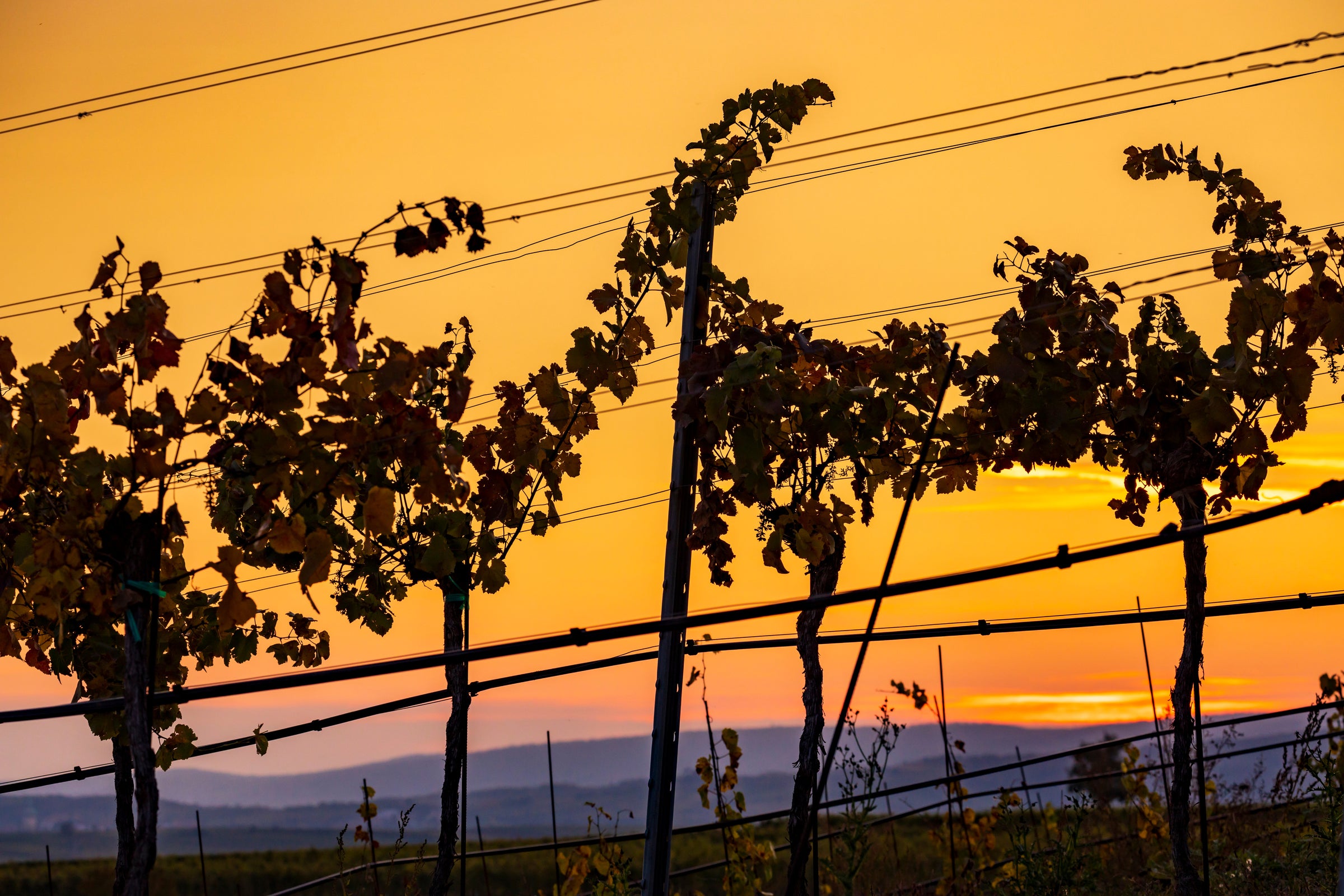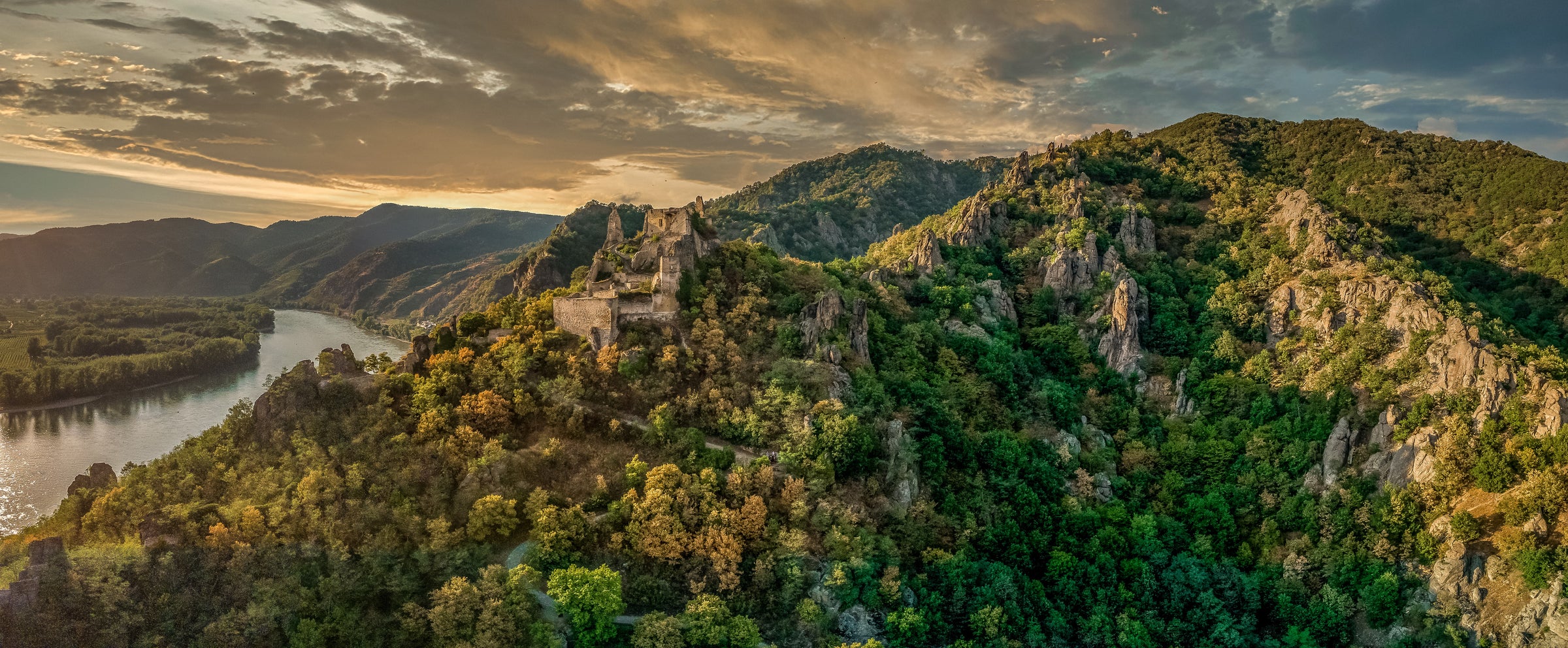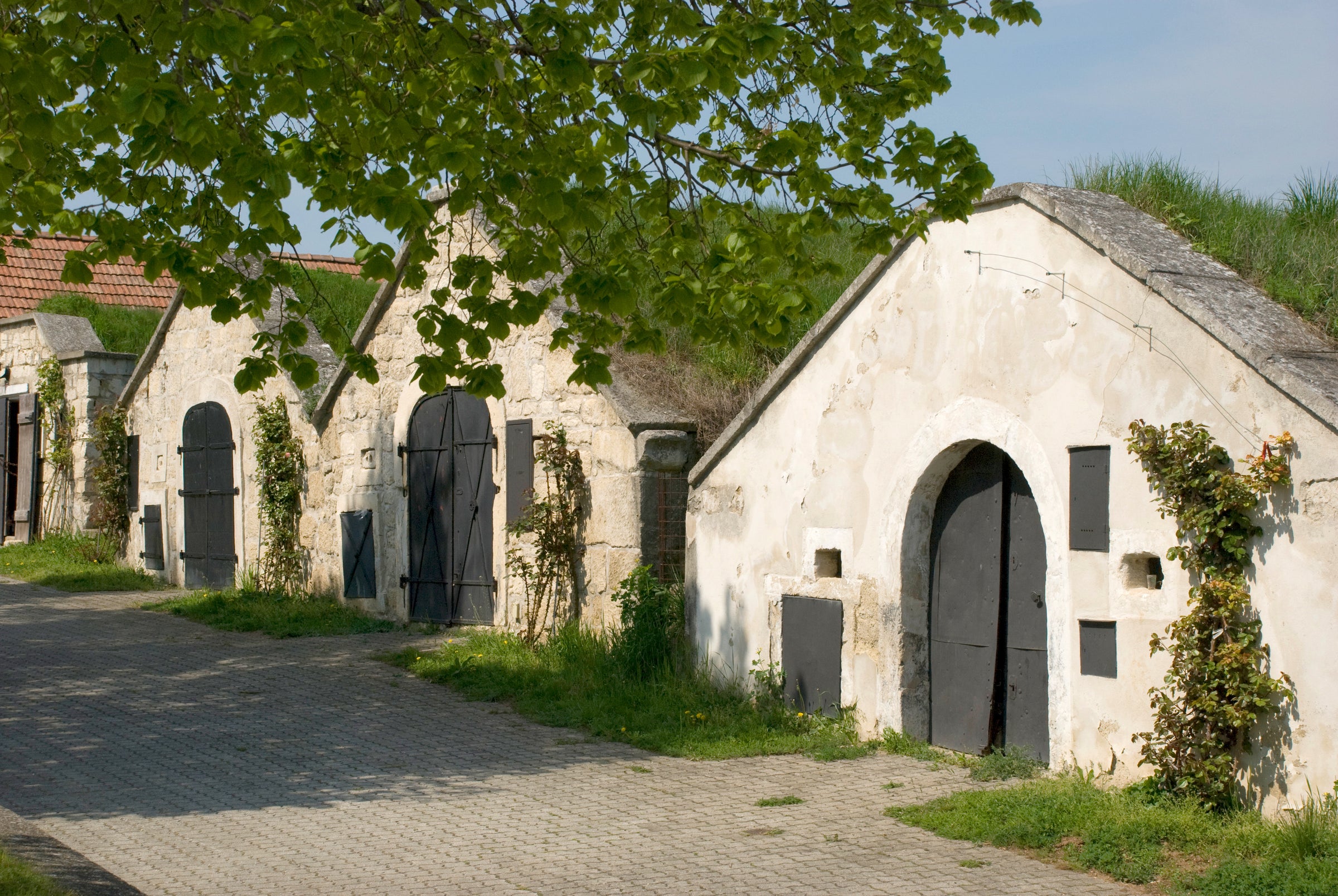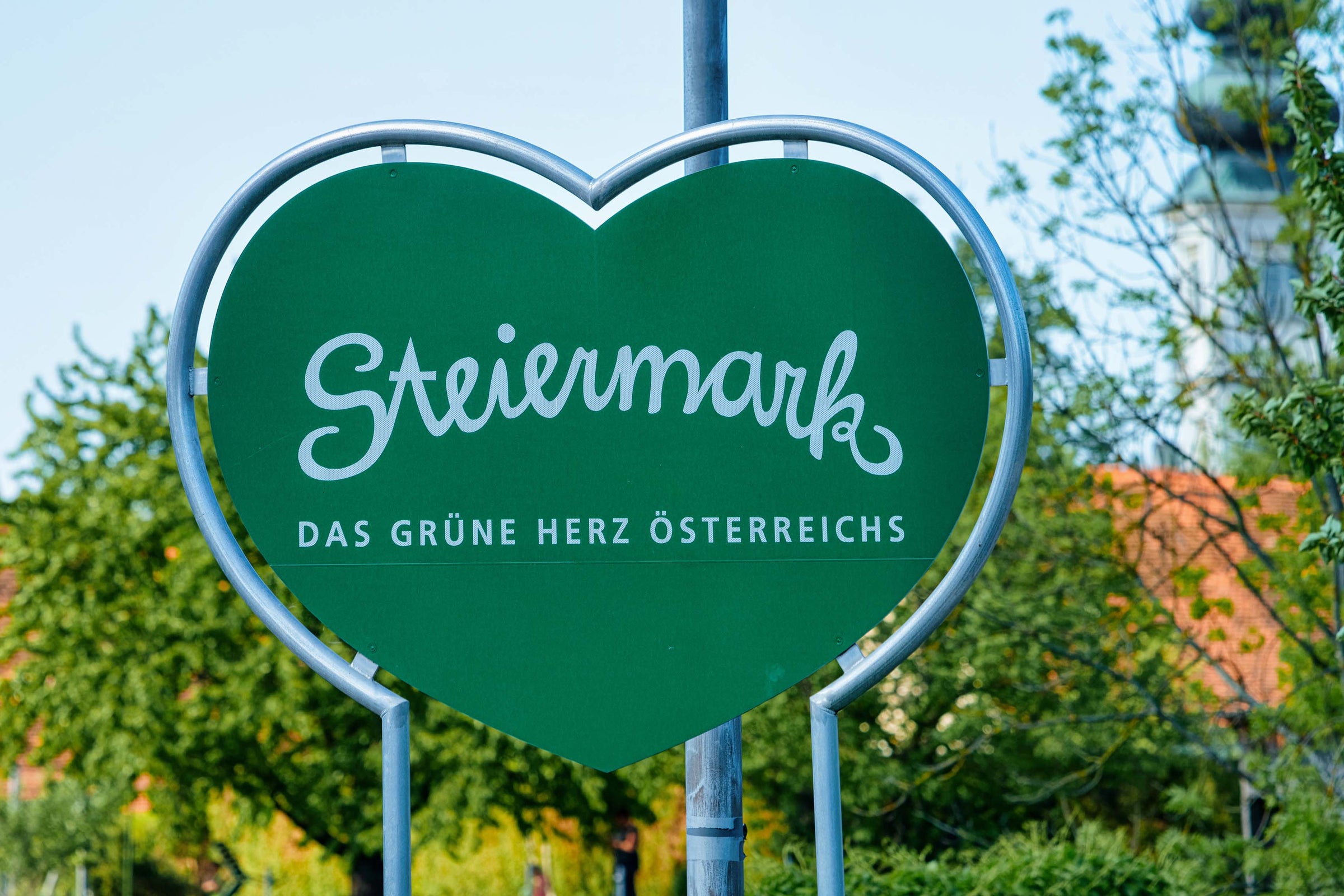Every so often, a wine goes beyond making an impression—it takes you aback, and on the rarest occasions downright stuns. That’s why today’s outrageously delicious magnum comes with a disclaimer: If you’re not mindful, this titanic offering will vanish before company arrives because what lies behind the label is pure rosé energy (with age!) and vinous wisdom from one of the world’s oldest wine estates. To understand just how old, answer the following: How many years will your next big anniversary be? For legendary Schloss Gobelsburg, their 850th is fast approaching. Just think about that for a moment. Eight and a half centuries of continuous grape-growing and winemaking in the same locale, and they’re still handcrafting wines at ridiculously low prices. That’s why when it comes to sheer, comprehensive value, their magnum-format “Cistercien” Rosé is among the greatest to be found anywhere. Ancient history, elite estate, top terroir, rock-bottom price, and double the quantity—this $39 behemoth truly has it all.
NOTE: Complimentary Ground Shipping on three bottles!
A fascinating blend of Austrian flagships Zweigelt and St. Laurent, with a generous helping of Pinot Noir, today’s rosé is indescribably thirst-quenching, deeply mineral, and a touch savory from a couple years of bottle age. Now, a $39 rosé magnum is thrilling by its very nature, but when it's produced by 12th-century Schloss Gobelsburg—an estate that’s won “Top 100 Winery” so many times it might as well be a nickname—it’s deeply special and singular too! So, please, do yourself the affordable favor of becoming the owner of today’s massive bottle of Austrian rosé. It’s bound to dominate the table, the conversation, and everyone’s glasses. Prost!
Schloss Gobelsburg is just one of those properties that make you stand back in awe. It all started when the Zwettl Monastery secured their first piece of grape-growing land in 1171 (although the Gobelsburg castle itself dates back even further!). From the time the monks were gifted these vines up until the 1700s, great change occurred: a mixed bag of no less than 19 different families called the estate/castle home, they were under immense financial duress, and they merged with another winery. Despite all this, Schloss Gobelsburg was still considered one of the finest wine estates in Austria. However, due to both World Wars (POWs were held here) and Soviet occupation (Russian soldiers damaged its beautiful façade), it all fell into a state of disrepair in the 1900s. After the wars, it was Father Bertrand Baumann who restored Schloss Gobelsburg to its former glory, both aesthetically and qualitatively. And, as of 1996, the property was acquired from the monks by Michael Moosbrugger and Willi Bründlmayer—also proprietor of one of my all-time favorite estates, Bründlmayer.
Due to ancient pedigree, exposure, and classic löss soils, there’s no denying that Schlossberg Gobelsburg is in possession of some of the most respected vine real estate in all of Austria. Those on display in today’s “Cistercien” rosé are sustainably farmed 20-year-old vines in their cooler parcels throughout the growing zones of Gobelsburg and Langenlois. In 2017, the Zweigelt, St. Laurent, and Pinot Noir that make up today’s rosé were harvested by hand and the whole-cluster grapes were gently pressed into stainless steel. After fermentation and a few months of lees aging, the wine was bottled in magnums in the spring of 2018. It has since enjoyed over two additional years of bottle aging.
After chilling down to 45 degrees, an easy twist of the cap is all you need to experience this indescribably thirst-quenching and affordable rosé—there’s a reason Wine & Spirits magazine has crowned them the “Champion of Value.” In an all-purpose stem, the wine reveals a healthy pink-salmon core with vivid silver hues. Within seconds, supple yet buoyant aromas waft out of the glass: citrus zest, orange peel, pomegranate, grapefruit, wild strawberry, redcurrant, rose petal, crushed stones, dried herbs, white pepper, and forest floor. For being three years old, this leaps out of the glass and storms the palate with playful energy, pinging your tastebuds with a hint of zesty effervescence. The core of bright, crunchy fruit and finely crushed stone minerality allows the flavors to linger on the finish for several moments before a surge of intense mouthwatering acidity urges you to take another sip. This is high-quality, highly addictive “old world” rosé that will dazzle just about everyone. In my opinion, it should only be made in large formats—that way, there’s enough to go around for everyone! Cheers!


